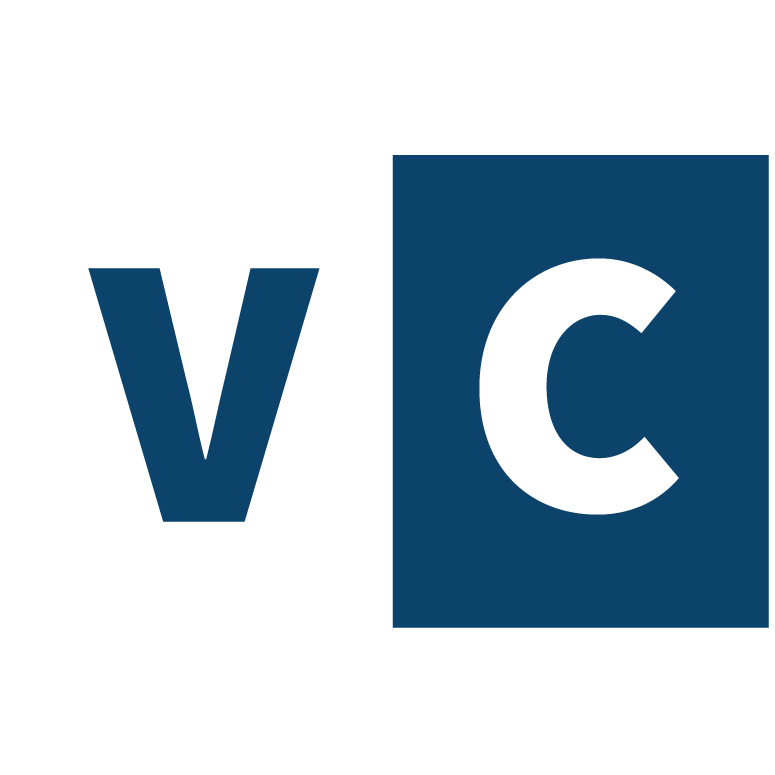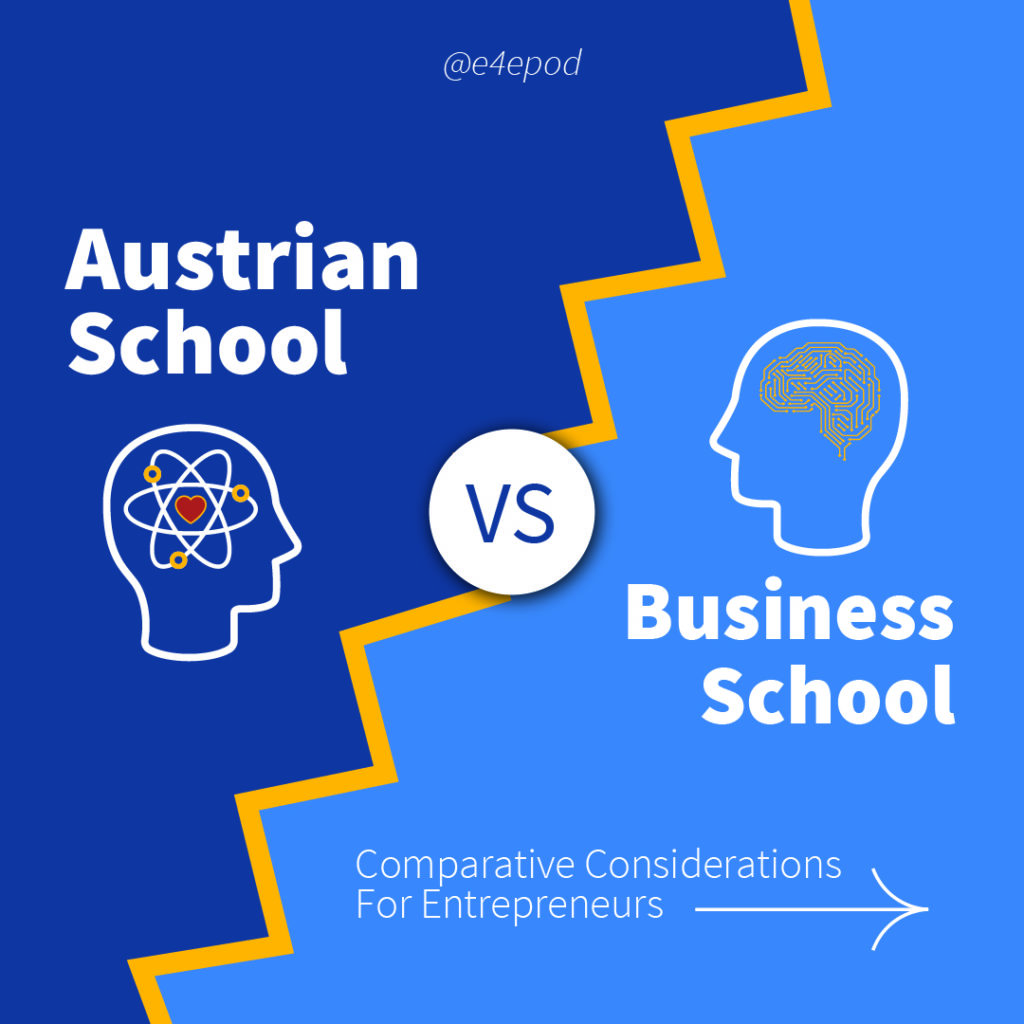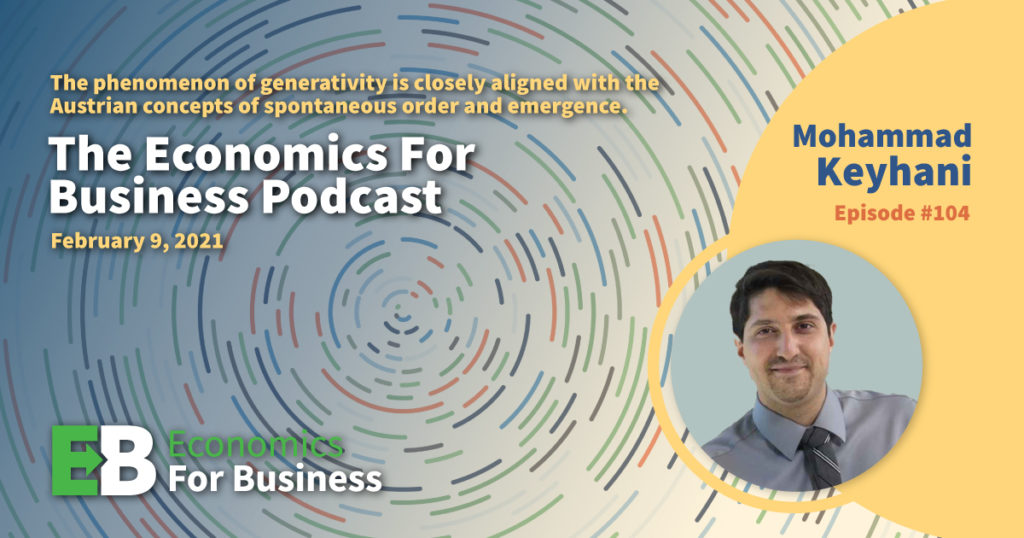The New Social Technology For Business Is Talkability.

One of the subjects worth thinking about as you work to develop your brand and your business is the social technologies you utilize to support you. Social technologies are those systems societies use to collaborate in such a way that all of us are improving life for each other. A list might include business organization, such as incorporation and new business launches, markets in general, education, and the banking system.
Another one is advertising and marketing. They’re a social technology for sharing information about products and services, and communicating the benefits to users of making a good choice.
Social technologies advance and evolve in use the same way as physical technologies. In the early days of capitalism in the 1800’s in the US, companies like Sears Roebuck and Procter and Gamble and Quaker Oats used package design, newspaper and magazine advertising, in-store signage and free samples, and pioneered all the techniques that became so familiar in the 20th century. The content focus was on features and benefits – how the products performed and how that was a beneficial experience for the customer. Attempted persuasion via mellifluous language around the features and benefits was part of the mix, and the medium was physical: printed packages, printed newspapers and signage.
When television and radio networks became the dominant channels for advertising, the creatively persuasive content was retained, and perhaps even amplified; but mathematics also began to creep in. In this broadcast network era we began to hear about the calculus of reach and frequency and rating points. The language of advertising became mechanical. What we used to call the media department in marketing agencies – the department that did the reach and frequency calculations, bought the advertising “time” in conformity to those calculations, managed the advertising budget, and then calculated the results – became much more important than what we called the creative department, the one with the responsibility for the mellifluous language of feature and benefit persuasion. The mathematics of reach and frequency took over as the social technology when the media networks became the dominant tool for advertising.
Business leader Trini Amador joined us at The Value Creators to reveal the latest social technology for advertising and marketing: talkability. The world has moved on from network and broadcast for advertising, to social media. The energy behind social media lies not in receiving messages but in the users’ creation of them and talking about them to others. Your brand and business must generate talkability.
But there’s a big challenge. The demands of social media are for extremes – extremes of satisfaction and extremes of outrage. When applied to brands and businesses, this means that talkability, if left untended, will emerge as those occasions when the brand exceeded expectations unexpectedly, and gets rewarded with the appropriately delighted online talk; or those occasions when the brand fails to meet expectations, for whatever reason, and is called out online for badly disappointing a user.
The disappointment must be addressed, of course, and the satisfaction accepted and acknowledged. But what about all those times when the brand does the great and highly demanding job of meeting customer expectations every day, in every transaction, without a flaw? It doesn’t get talked about – it doesn’t have talkability.
That is, unless it’s managed and nurtured and highlighted. Trini’s answer to this conundrum is to consistently manage consistency. In other words, set the high standard (the one that gets talked about), then manage for consistency of this level of delivery every time, and then make uniquely and unexpectedly consistent consistency the focus of your talkability.
In the social age, you want and need your business to be talked about. You want the accolades, and you want to eliminate the denunciations. The answer for both is high-level consistency, appropriately celebrated.
And remember that customer expectations are always rising. The engine of the growth economy is the customer’s insatiable desire for improvement. It is what has driven per capita incomes to grow consistently for 200 years – customers want more and businesses deliver more. They do so consistently. So your consistent management of consistency is an upward sloping curve. You must always meet expectations that are always rising.
That gets you talked about.







Responses